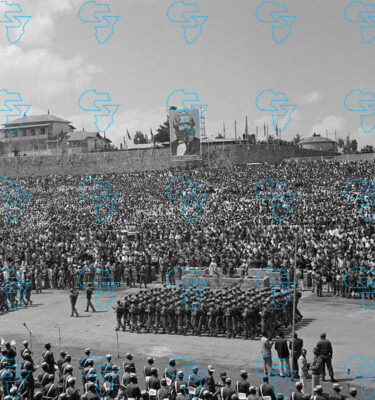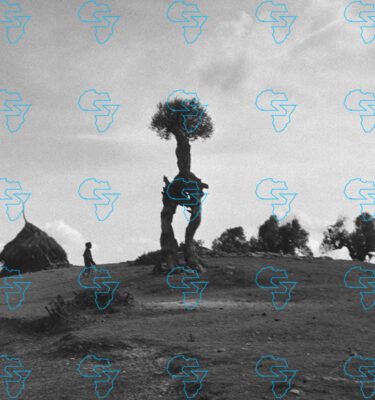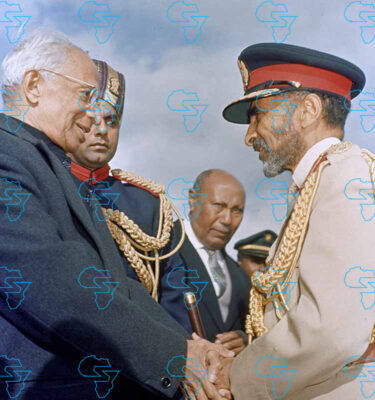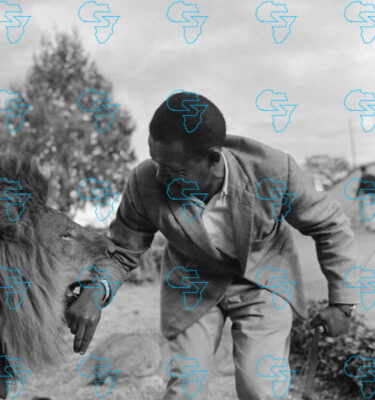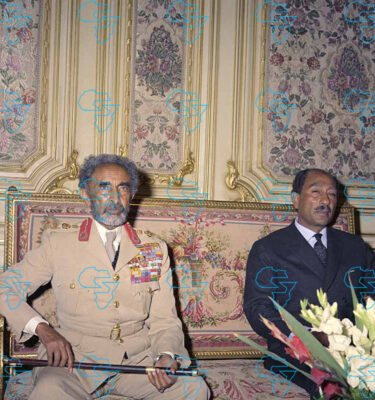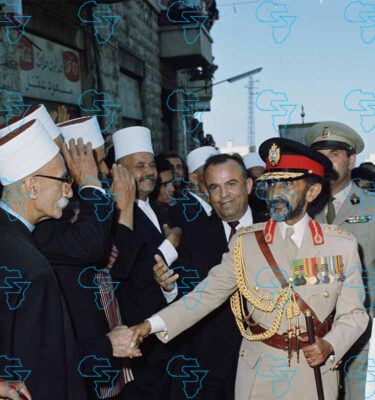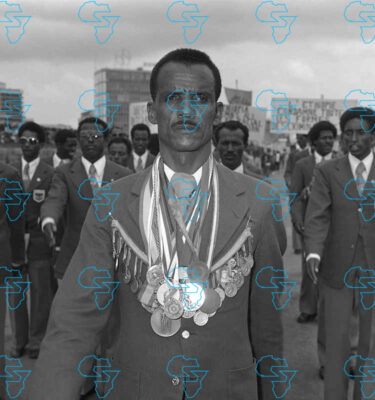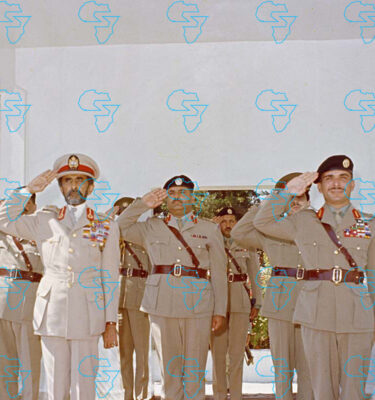Emperor Haile Selassie I of Ethiopia Addresses the Organisation of African Unity
£74.02 – £2,130.12Price range: £74.02 through £2,130.12
Emperor Haile Selassie I of Ethiopia Addresses the Organisation of African Unity.
Please remember that for this replica, that sizes beyond 24 x 20 will be slightly blurred due to the negative exceeding the recommended print size (< 300dpi).
 |
SKU: SHDE-1805-EH1-01
Category: Haile Selassie
Tags: Black and White, Haile Selassie, Organisation of African Unity
Related products
-
Revolution Square, Addis Ababa
Select options This product has multiple variants. The options may be chosen on the product page -
Emperor Haile Selassie I of Ethiopia and Jomo Kenyatta (Kenya)
Select options This product has multiple variants. The options may be chosen on the product page -
Famine, Drought and their Cause
Select options This product has multiple variants. The options may be chosen on the product page -
HIM Haile Selassie I welcoming His Excellency Dr Sarvepalli Radhakrishnan, President of India
Select options This product has multiple variants. The options may be chosen on the product page -
HIM Haile Selassie I, Queen Elizabeth II and Prince Philip
Select options This product has multiple variants. The options may be chosen on the product page -
Man with arm in lion’s mouth
Select options This product has multiple variants. The options may be chosen on the product page -
Emperor Haile Selassie I of Ethiopia and President Muhammad Anwar al Sadat (Egypt)
Select options This product has multiple variants. The options may be chosen on the product page -
The Ethiopian Orthodox Cross
Select options This product has multiple variants. The options may be chosen on the product page -
Peoples rally at Revolution Square, Addis Ababa
Select options This product has multiple variants. The options may be chosen on the product page -
Emperor Haile Selassie I of Ethiopia and Sami Süleyman Gündoğdu Demirel
Select options This product has multiple variants. The options may be chosen on the product page -
Degaga “Mamo” Wolde – Ethiopian long distance runner
Select options This product has multiple variants. The options may be chosen on the product page -
Emperor Haile Selassie I of Ethiopia and King Hussain of Jordan
Select options This product has multiple variants. The options may be chosen on the product page
Basket
Product categories
Products
-
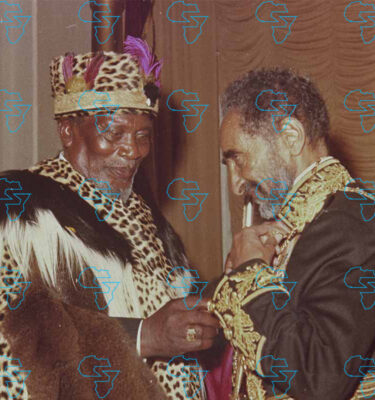 Emperor Haile Selassie I of Ethiopia and Jomo Kenyatta (Kenya)
£74.02 – £2,130.12Price range: £74.02 through £2,130.12
Emperor Haile Selassie I of Ethiopia and Jomo Kenyatta (Kenya)
£74.02 – £2,130.12Price range: £74.02 through £2,130.12
-
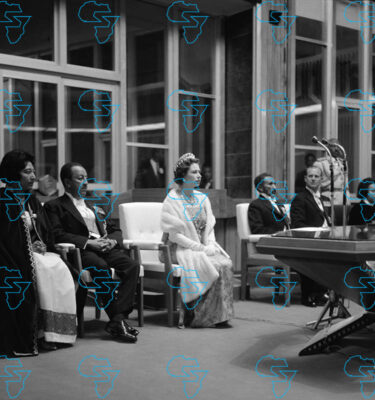 HIM Haile Selassie I, Queen Elizabeth II and Prince Philip
£74.02 – £2,130.12Price range: £74.02 through £2,130.12
HIM Haile Selassie I, Queen Elizabeth II and Prince Philip
£74.02 – £2,130.12Price range: £74.02 through £2,130.12
-
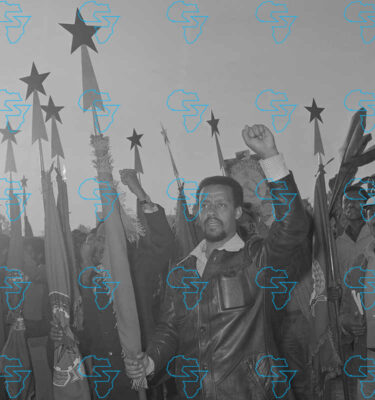 Peoples rally at Revolution Square, Addis Ababa
£74.02 – £2,130.12Price range: £74.02 through £2,130.12
Peoples rally at Revolution Square, Addis Ababa
£74.02 – £2,130.12Price range: £74.02 through £2,130.12
-
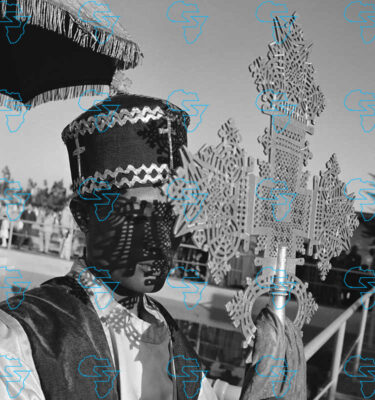 The Ethiopian Orthodox Cross
£74.02 – £2,130.12Price range: £74.02 through £2,130.12
The Ethiopian Orthodox Cross
£74.02 – £2,130.12Price range: £74.02 through £2,130.12
-
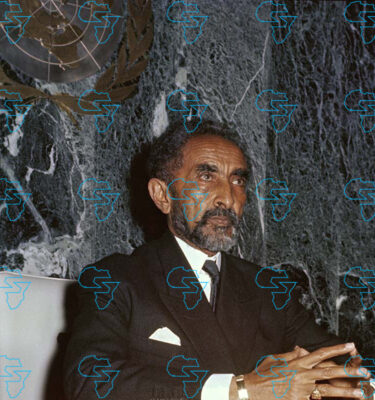 Emperor Haile Selassie I of Ethiopia and President at the United Nations
£74.02 – £2,130.12Price range: £74.02 through £2,130.12
Emperor Haile Selassie I of Ethiopia and President at the United Nations
£74.02 – £2,130.12Price range: £74.02 through £2,130.12


